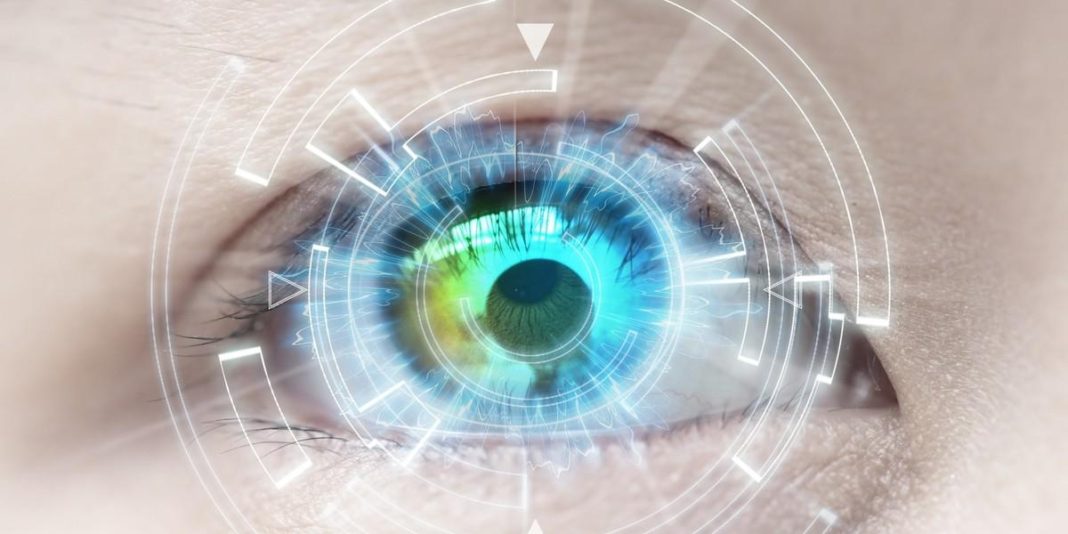Engineers at the University of Washington have been busy developing a way for medical aids to be able to send signals to smartphones and are calling the new technology “inter scatter communication.” The system works by converting Bluetooth signals from nearby mobile devices such as smartwatches into Wi-Fi signals.
The team presented a paper on the study at the Association for Computing Machinery’s Special Interest Group on Data Communication conference last month. It went on to explain how inter scatter communication works the same way as an existing method of communication called backscatter, but slightly more advanced as it allows the Bluetooth and Wi-Fi signals to communicate with one another.
–
This type of technology could potentially be used in a number of medical uses, particularly contact lenses. The team demonstrated the technology being used in a contact lens that was fitted with antennae. The antennae were able to manipulate a Bluetooth signal that came from a smartwatch while encoding data from the contact lens to convert it into a readable Wi-Fi signal that could be picked up by another device.
Smart lenses such as these could be beneficial for many patients, including those with diabetes. Blood sugar levels can be detected from a person’s tears. By diabetes patients wearing lenses that can monitor their blood sugar levels automatically, could potentially prevent death in the most extreme cases. But, for everyday use, they could act as a warning device if there are any sudden, unnoticed changes to a person’s blood sugar levels. Researchers are also hopeful that with further development the technology could also help people suffering from paralysis regain movement.
More News To Read











